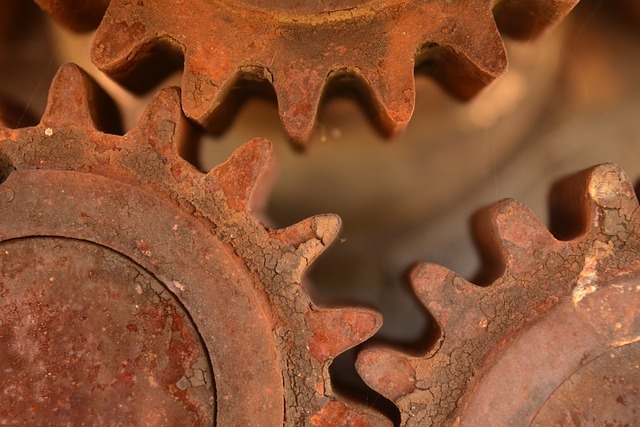If you work in either an industrial or manufacturing field, you’re probably already familiar with how important it is to protect your components from corrosion. It can mean the difference between your vital machines and equipment operating at full efficiency and literally losing them, forcing you to replace what may be expensive parts. Determining the right coating for corrosion resistance is an essential part of the industry. Working with corrosive substances can be as dangerous to your equipment as it is to you, and failure to take the proper precautions can seriously set back both your research and your industrial efforts.
Fortunately, if you work with caustic agents you’re already familiar with not only the need to prevent damage, but also methods by which you can do so. It can be a hassle trying to keep track of what you need to look for in preventative care. This article is here to help. We’ll go over some of the things to look for in good prevention methods so you can be as well informed as possible when deciding how to account for and prevent damage from chemical reactions in the environment.
What Causes Corrosion?
Your metal components can be damaged by a surprising number of things. The most obvious caustic agent, the one almost everyone thinks of, is acid. You’ve probably seen a buildup of a greenish-white crumbly substance on your car battery. That’s a classic case of acidic corrosion in your everyday life. It’s true that acidic substances can and will degrade the integrity and durability of your materials with alarming efficiency. The way acid works on a chemical level, the reason it’s so dangerous to your metal components, is because of how efficiently it can change the electron balance of substances it comes in contact with, as you can see here. Acids are important for a wide variety of applications in both research and manufacturing, so being able to account for and reduce the damage they can do is equally important.
However, they aren’t the only things that can cause corrosive harm to your metal equipment. Oxygen, hydrogen, and water can be just as dangerous to your efforts. Iron is particularly susceptible, as both oxygen and water can convert the surface of iron or an iron alloy (for example, steel) into a brittle red oxide. Most people are familiar with this process, but know it by another name: rust. In low oxygen environments, a kind of green rust can form in reaction to elevated levels of chloride, a common chemical for manufacturing. Everything from bike chains to sewer pipelines require some measure of resistance against environmental forces that degrade them over time.
What’s the Solution?
It must be acknowledged that no single method for prevention can protect everything. Different materials have different needs based on their chemical makeup and application. Some substances are naturally resistant, but this resistance has its limits. For example, stainless steel has a thin, self-repairing layer of chromium oxide that shields the metal beneath from oxygen, preventing the formation of rust. However, stainless steel is resistant to corrosion, not immune from it. It can still be damaged if applied improperly, as you can see at https://www.corrosionpedia.com/definition/5/corrosion-resistance. In fact, most instances of corrosion in otherwise resistant material is due to the incorrect or suboptimal ways people use those materials.
Chemical coating is the most common and, often, the most effective way to infuse a measure of resistance to a metal. The principle works the same way that stainless steel does: create a coating of material on the metal that protects the metal beneath it from exposure to elements of the environment that induce degradation. There are limits to the effectiveness of this method, however, particularly when the substance is submerged in water for an extended time or is subject to a harsh environment that creates a lot of friction on the metal’s surface. Consider, for example, a sewer pipeline. The harsh chemical environment inside the pipe is a perfect breeding ground for corrosion. Adding a protective coating helps, but the constant rushing water and sludge will wear it down over time.
For those circumstances, cathodic protection may be a better option. This technique applies electrochemical understanding to a substance by making sure that the metal in question is the cathode of cell. This is most commonly achieved by attaching another, more susceptible metal to the first that can act as the anode. This is the method preferred for any metal that will be submerged in water or buried in the soil, two common inductors of corrosive damage. For example, our pipeline is almost always going to be treated through cathodic protection methods. While applying protective coatings aren’t unheard of, they act more as supplemental to cathodic protection methods.
